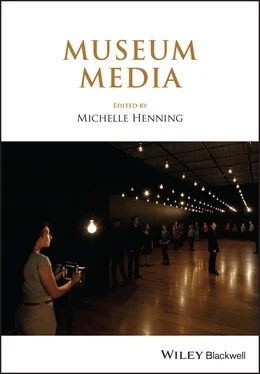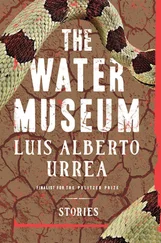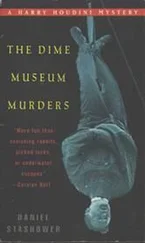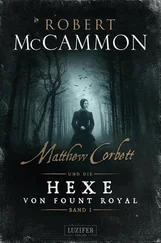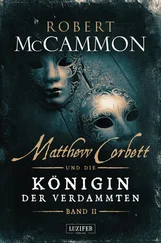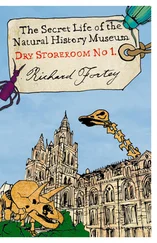Harel, Dorit. 2010. Facts and Feelings: Dilemmas in Designing the Yad Vashem Holocaust History Museum. Jerusalem: Yad Vashem.
Hartman, Geoffrey H. 1996. The Longest Shadow: In the Aftermath of the Holocaust. Bloomington: Indiana University Press.
Jungblut, Karen. 2005. “Survivors of the Shoah Visual History Foundation: An Analytical Retrospective of the Foundation’s Collection Phase.” In NS-Gewaltherrschaft [Nazi tyranny], edited by Alfred Gottwald, Norbert Kampe, and Peter Klein, 508–519. Berlin: Hentrich.
Jureit, Ulrike. 1999. Zur Methodik lebensgeschichtlicher Interviews mit Überlebenden der Konzentrations- und Vernichtungslager [On the methodology of oral history interviews with survivors of concentration and extermination camps]. Hamburg: Ergebnisse.
Jureit, Ulrike, and Christian Schneider. 2010. Gefühlte Opfer: Illusionen der Vergangeheitsbewältigung [Perceived victims: Illusions of coming to terms with the past]. Stuttgart: Klett-Cotta.
Kansteiner, Wulf. 2012. “Aufstieg und Abschied des NS-Zeitzeugen in den Geschichtsdoumentationen des ZDF” [The rise and decline of witnesses of National Socialism in the documentaries of the ZDF]. In Die Geburt des Zeitzeugen nach 1945 [The birth of the witness after 1945], edited by Martin Sabrow and Norbert Frei, 320–353. Göttingen, Germany: Wallstein.
Keilbach, Judith. 2008. Geschichtsbilder und Zeitzeugen: Zur Darstellung des Nationalsozialismus im Bundesdeutschen Fernsehen [Images of history and witnesses: The representation of National Socialism on federal German television]. Münster, Germany: Lit.
Lethen, Helmut. 1996. “Versionen des Authentischen: sechs Gemeinplätze” [Versions of authenticity: Six truisms]. In Literatur und Kulturwissenschaften: Positionen, Theorien, Modelle [Literature and cultural studies: Positions, theories, models], edited by Hartmut Böhme and Klaus R. Scherpe, 205–231. Reinbeck, Germany: Rowohlt.
Musial, Bogdan.2011. “DerBildersturm:AufstiegundFallderersten Wehrmachtsausstellung” [Iconoclasm: The rise and fall of the first Wehrmacht exhibition]. Deutschland Archiv 1. Accessed July 23, 2014. http://www.bpb.de/geschichte/zeitgeschichte/deutschlandarchiv/53181/die-erste-wehrmachtsausstellung.
Pomian, Krzysztof. 1990. Collectors and Curiosities: Origins of the Museum. Oxford: Polity.
Preisler, Maximilian. 1998. “Narrativer Prozess und Subjektkonstruktion in Überlebensgeschichten” [Narrative process and subject construction in survival stories]. In Archiv der Erinnerung: Interviews mit Überlebenden der Shoah [Archives of memory: Interviews with survivors of the Shoah], edited by Cathy Gelbin, Eva Lezzi, and Geoffrey Hartman. Potsdam, Germany: Verlag für Berlin-Brandenburg.
Sabrow, Martin, and Norbert Frei, eds. 2012. Die Geburt des Zeitzeugen nach 1945 [The birth of the witness after 1945]. Göttingen, Germany: Wallstein.
Thiemeyer, Thomas. 2010. Fortsetzung des Krieges mit anderen Mitteln: Die beiden Weltkriege im Museum [Continuation of war by other means: The two world wars in the museum]. Paderborn, Germany: Schöningh.
Thießen, Malte. 2008. “Gedächtnisgeschichte: Neue Forschungen zur Entstehung und Tradierung von Erinnerung” [History and memory: New research on the emergence and transmission of memory]. Archiv für Sozialgeschichte 48: 607–634.
Welzer, Harald. 2000. “Das Interview als Artefakt: Zur Kritik und Zeitzeugenforschung” [The interview as artifact: Toward a critique of the methods of oral history]. BIOS: Zeitschrift für Biographieforschung und Oral History 13: 51–63.
Welzer, Harald. 2011. “Für eine Modernisierung der Erinnerungs- und Gedenkkultur” [For a modernization of remembrance and memorial culture]. Gedenkstättenrundbrief 162: 3–9.
Wierling, Dorothée. 2003. “Oral History.” In Aufriss der Historischen Wissenschaft. Neue Themen und Methoden der Geschichtswissenschaft [The rise of historical science: New themes and methods of historical research], vol. 7, edited by Michael Maurer, 81–151. Stuttgart: Reclam.
Wieviorka, Annette. (1998) 2006. The Era of the Witness. Ithaca, NY: Cornell University Press.
Williams, Paul. 2007. Memorial Museums: The Global Rush to Commemorate Atrocities. Oxford: Berg.
Yablonka, Hanna. 2012. “Die Bedeutung der Zeugenaussagen im Prozess gegen Adolf Eichmann” [The importance of witness testimonies in the trial of Adolf Eichmann]. In Die Geburt des Zeitzeugen nach 1945 [The birth of the witness after 1945], edited by Martin Sabrow and Norbert Frei, 176–189. Göttingen, Germany: Wallstein.
Young, James E. 1988. Writing and Rewriting the Holocaust. Bloomington: Indiana University Press.
Steffi de Jong works as a research assistant at the Historical Institute of the University of Cologne. Her research interests cover memory studies, museum studies, public history, sound studies, and European cultural politics. She holds a PhD from the Norwegian University of Science and Technology where she was a collaborator in the international research project Exhibiting Europe. In her PhD thesis she analyzes the representation of video testimonies in Holocaust and World War II museums.
Конец ознакомительного фрагмента.
Текст предоставлен ООО «ЛитРес».
Прочитайте эту книгу целиком, на ЛитРес.
Безопасно оплатить книгу можно банковской картой Visa, MasterCard, Maestro, со счета мобильного телефона, с платежного терминала, в салоне МТС или Связной, через PayPal, WebMoney, Яндекс.Деньги, QIWI Кошелек, бонусными картами или другим удобным Вам способом.
